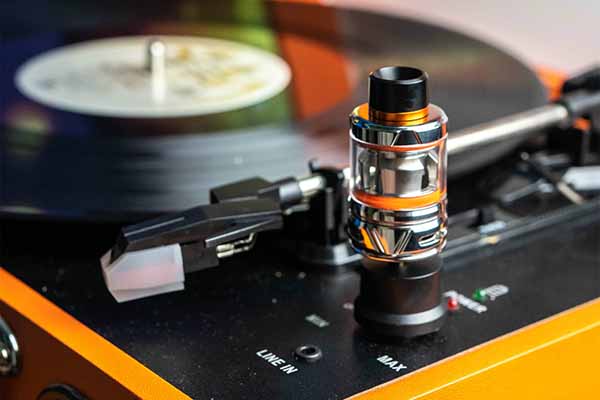Are you a smoker who prefers filter cigarettes? Have you ever wondered what those filters actually do? In this article, we'll explore the history and technology behind filter cigarettes, their impact on the cigarette industry, and their effects on smokers.

Background of Filter Cigarettes
Filter cigarettes were first introduced in the 1950s as a way to reduce the amount of tar and other harmful substances inhaled by smokers. Before that time, all cigarettes were unfiltered, and smokers were exposed to high levels of tar and nicotine.
In the early days of filter cigarettes, the filters were made from materials like cork, charcoal, or paper. These filters were not very effective at removing harmful substances from the smoke, but they did make the smoking experience less harsh.
Today, most filters are made from cellulose acetate, a type of plastic that is cheap, easy to produce, and highly effective at trapping harmful particles. When smoke passes through the filter, the tiny pores in the cellulose acetate trap tar particles and other harmful substances, preventing them from entering the smoker's lungs.
How Filters Work
The basic principle behind filter cigarettes is simple: the more particles that are trapped in the filter, the cleaner the smoke will be. But how exactly do filters trap these particles?
The answer lies in the size of the particles themselves. Tar particles, which are some of the most harmful substances in cigarette smoke, are relatively large compared to other particles. This means that they can be easily trapped by even small filters.
When smoke enters the filter, it passes through a layer of fine mesh that catches larger particles. The smoke then passes through a layer of activated carbon, which traps smaller particles and absorbs chemicals and other impurities. Finally, the smoke passes through a layer of cellulose acetate fibers, which trap any remaining particles before the smoke reaches the smoker's mouth.

Impact on the Cigarette Industry
The introduction of filter cigarettes had a major impact on the cigarette industry. On one hand, it allowed tobacco companies to market their products as being safer and healthier than unfiltered cigarettes. This led to an increase in sales, as many smokers switched to filtered brands.
On the other hand, the use of filters also led to a decrease in the overall quantity of tobacco used in each cigarette. This was due to a combination of factors, including the increased efficiency of filters in trapping harmful substances, and the fact that filters made cigarettes burn more slowly.
While this decrease in tobacco usage may seem like a positive development, it actually had negative consequences for both smokers and tobacco companies. Smokers who switched to filtered cigarettes often compensated for the reduced nicotine intake by smoking more cigarettes. This meant that they still exposed themselves to high levels of tar and other harmful substances, negating any potential health benefits of using filters.
For tobacco companies, the decrease in tobacco usage per cigarette meant that they had to produce more cigarettes to maintain their profits. This led to an increase in production costs and a decrease in the quality of tobacco used in each cigarette.
Effects on Smokers
Despite their popularity, filter cigarettes are not without risks. While they do trap some harmful particles, they still expose smokers to high levels of tar and other chemicals. Additionally, the use of filters can give smokers a false sense of security, leading them to believe that they are protected from the harmful effects of smoking.
The effectiveness of filters in trapping harmful particles also depends on how the cigarette is smoked. If a smoker takes deep, prolonged drags on a cigarette, they will inhale more smoke and therefore more harmful substances. Conversely, if a smoker takes short, shallow puffs, they will inhale less smoke and therefore fewer harmful substances.
Conclusion
Filter cigarettes have been around for over half a century, and they have become the standard for most smokers. While they do offer some benefits in terms of reducing tar and other harmful substances, they should not be seen as a safe alternative to unfiltered cigarettes. Smokers should be aware of the risks associated with smoking, regardless of whether they choose to use filtered or unfiltered cigarettes.
Related Read: Top 6 Pros of Vaping That You Need to Know










